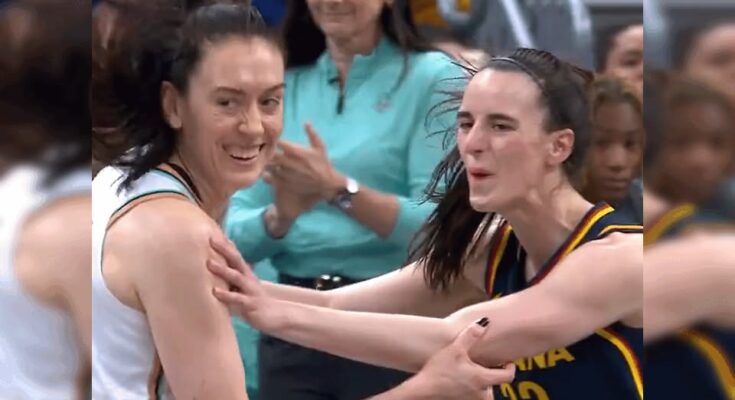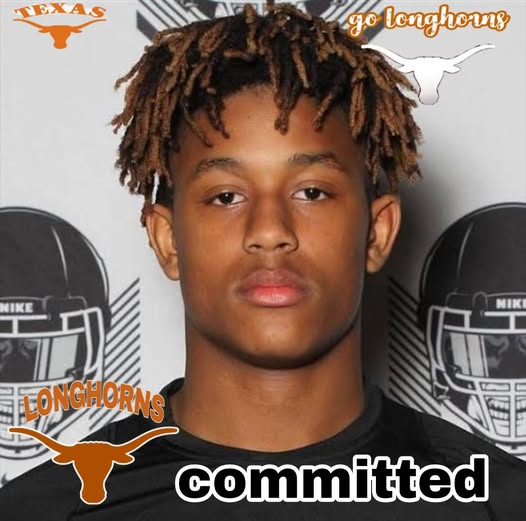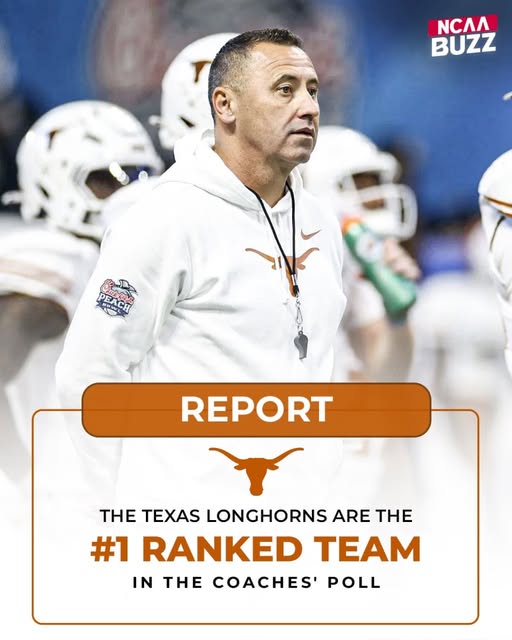Turning Point in WNBA History: When the Indiana Fever and New York Liberty Redefined the Game.
The matchup between the Indiana Fever and the New York Liberty has often been a compelling clash, but there was a point in WNBA history when it transcended basketball and became a cultural inflection point. What began as a heated on-court rivalry evolved into a defining moment that helped reshape the WNBA’s place in the national consciousness. The face-off between these two franchises not only showcased elite talent and raw emotion but also challenged public perception, broke viewership records, and lit a fire under discussions surrounding women’s sports. To understand how a single game — and the broader rivalry — altered the course of professional women’s basketball, it’s important to explore the circumstances, the players, the consequences, and the legacy that still resonates to this day.
At the heart of it all was timing. Women’s sports had long been underappreciated by mainstream audiences, rarely given the prime-time spotlight or marketing muscle enjoyed by their male counterparts. But the 2020s brought a significant shift. A new generation of fans, emboldened by social media and passionate about equity in sports, began demanding more. The league responded with better TV deals, expanded digital presence, and aggressive promotion of its rising stars. Against this backdrop, the Indiana Fever and New York Liberty rivalry took on a different hue, no longer just two teams battling it out for playoff position — it was about pride, visibility, and what it meant to play women’s basketball in a new era.
The buildup to the game that changed everything was electric. Indiana was riding high on the emergence of Caitlin Clark, a generational talent with the scoring prowess of Diana Taurasi and the court vision of Sue Bird. Clark had just completed one of the most dominant college careers in history, rewriting NCAA records and drawing sellout crowds wherever she played. Her transition to the WNBA brought with it massive media attention and a fresh wave of fans, many tuning into professional women’s basketball for the first time. Meanwhile, the Liberty had become the league’s superteam — a stacked roster featuring Breanna Stewart, Sabrina Ionescu, Jonquel Jones, and Betnijah Laney-Hamilton. They were established, respected, and hungry to prove their place in history with a championship.
The storyline couldn’t have been scripted better. The young phenom leading a rebuilding franchise clashing with a veteran-loaded contender trying to solidify a legacy. The game took place at Barclays Center in Brooklyn, with over 17,000 fans in attendance and millions more watching nationally. It wasn’t just another regular-season game — it was billed as a litmus test. Could Clark handle the pressure? Would the Liberty expose her inexperience? Could Indiana rise to the occasion?
What transpired was a high-stakes chess match of athleticism, strategy, and raw emotion. The Liberty came out aggressive, led by Stewart’s dominance in the paint and Ionescu’s perimeter sniping. But the Fever, galvanized by Clark’s fearlessness and Aliyah Boston’s physical presence inside, refused to back down. Every possession was a battle, every foul call was met with roars, and every highlight went viral in real time. Clark hit logo threes. Ionescu answered with daggers of her own. Stewart blocked a shot, then sprinted downcourt for a transition dunk that brought the arena to its feet. Boston grabbed rebounds in traffic, while Kelsey Mitchell and NaLyssa Smith pushed the pace with relentless energy.
As the game wore on, the tension escalated. Midway through the third quarter, a hard foul on Clark by a Liberty defender — one some saw as a targeted hit — ignited a storm of emotion. Fever coach Christie Sides erupted on the sidelines, shouting at officials and demanding protection for her star guard. Fans took to social media instantly, with hashtags like #ProtectClark and #WNBAJustice trending nationwide. Analysts debated the intent. Players from around the league weighed in. The moment became a lightning rod, raising questions about respect, physicality, and how young stars are treated in the WNBA.
But Clark didn’t flinch. Instead, she rose from the hardwood, shook off the pain, and drained a deep three the next play down. The crowd roared, half in awe, half in defiance. The Fever fed off the energy and clawed their way back into the game. With under a minute to go and the Liberty clinging to a narrow lead, Clark threaded a no-look pass to Boston for a layup that tied it. On the next possession, Stewart answered with a jumper, proving why she was an MVP. And with 8 seconds remaining, down by two, Indiana had one final shot.
The ball found its way to Clark, who dribbled past a screen and launched a 30-footer over Ionescu’s outstretched arms. The shot arced high and fell true, swishing through the net as the buzzer blared. Chaos erupted. The Fever bench stormed the court. Liberty players stood stunned. It was a moment of cinematic perfection, the kind that defines eras. Clark’s buzzer-beater wasn’t just a game-winner — it was a statement.
The aftermath was seismic. Overnight, the highlights racked up tens of millions of views. ESPN dubbed it “the shot that shook the sport.” Jersey sales skyrocketed. Fever games saw increased attendance and national broadcast slots. Talk shows, podcasts, and sports analysts who had once overlooked the WNBA now made it a centerpiece of discussion. Ticket prices surged. Corporate sponsors took notice, pouring money into WNBA partnerships and athlete endorsements. Youth leagues reported record signups for girls’ basketball. It was, as some put it, a “Caitlin Clark effect,” but it extended beyond her.
What also emerged from that game was a broader appreciation for the depth of talent in the league. While Clark drew the headlines, the Liberty’s poise, Stewart’s brilliance, and the depth of both teams forced fans and critics alike to reckon with how good the WNBA had become. The narrative shifted from novelty to respect. No longer was women’s basketball compared as a lesser version of the men’s game. It stood on its own, with its own stars, identity, and heartbeat.
Coaches around the league began citing the Fever-Liberty showdown as a model for player development and game planning. Training sessions emphasized the kind of spacing, ball movement, and transition defense seen in that game. It became a benchmark for what modern WNBA basketball could look like at its best — fast-paced, physical, intelligent, and unrelentingly competitive.
Importantly, the game also opened up deeper conversations about the treatment of rookies, particularly those who carry massive expectations into their debut seasons. Clark, as a lightning rod for praise and criticism, faced pressure unseen in recent memory. The Liberty game and its fallout brought to light how much weight is placed on young stars to not only perform but also to serve as symbols, ambassadors, and disruptors of the status quo. It led to renewed emphasis on mental health resources, support systems, and equitable coverage for all players — not just those with the biggest following.
For the Fever, the victory didn’t launch an immediate championship run, but it gave them belief. It showed the front office and fans that the rebuild had real promise. For the Liberty, the loss stung, but it fueled their championship resolve. They went on to dominate the remainder of the season, reaching the WNBA Finals with renewed purpose.
The broader WNBA landscape benefited most of all. The league saw an increase in revenue, visibility, and cultural relevance. It became the norm to see WNBA highlights on national news, to hear players on major podcasts, and to witness packed arenas across the country. The Fever vs. Liberty game had created a new gold standard.
Looking back, what made the moment so transformative wasn’t just a shot or a stat sheet. It was the convergence of storylines, emotions, and history. It was the passing of a torch from one generation of stars to the next, done not with ceremony, but with sweat, grit, and three-pointers. It was about a sport — long undervalued — finally forcing its way into the spotlight and refusing to leave.
The Indiana Fever and New York Liberty didn’t just play a great game. They authored a chapter in the WNBA’s story that will be remembered for decades. They reminded the world that greatness isn’t confined to one gender, and that on any given night, in front of any crowd, basketball can be beautiful, brutal, and boundary-breaking — all at once.



